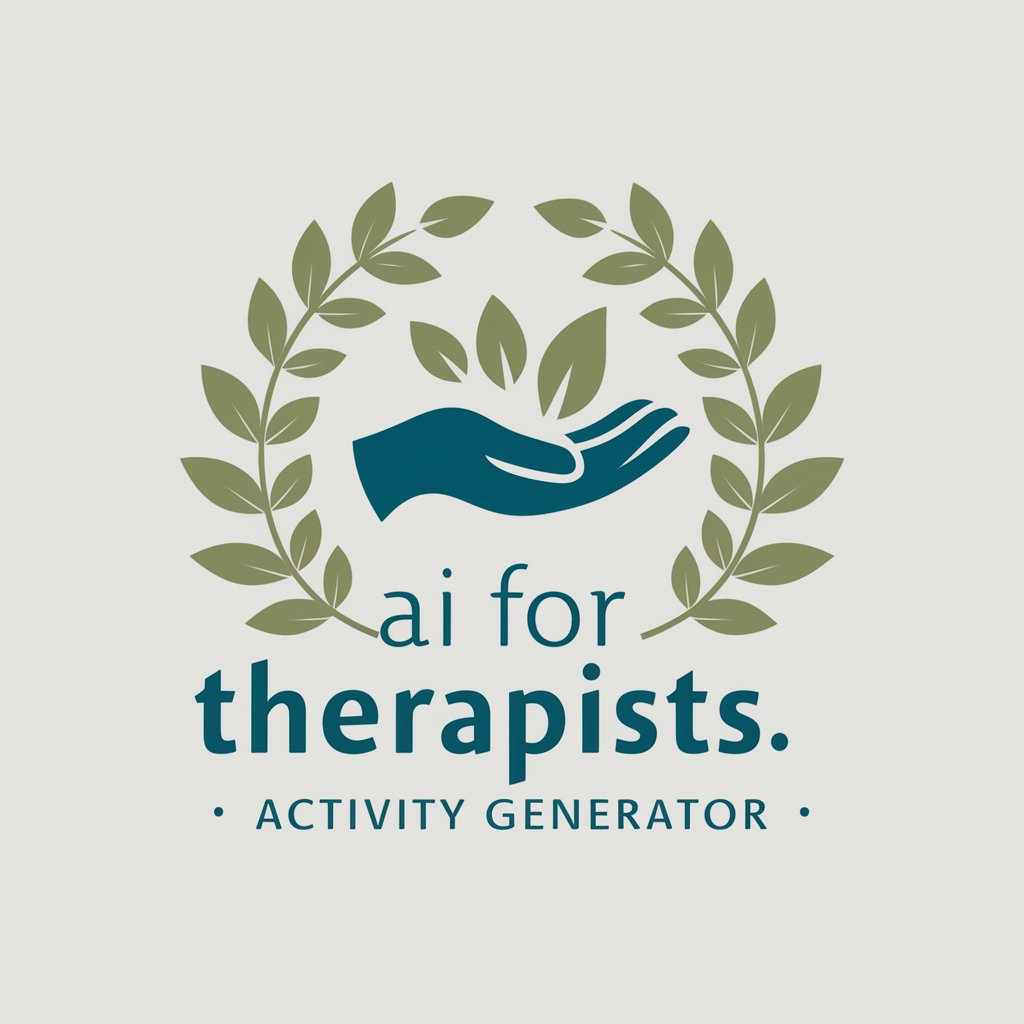Open Innovation & Corporate Venture Capital - Corporate Innovation Boost

Welcome to your strategic innovation hub.
Fueling Growth with AI-Powered Innovation
Analyze the key success factors of corporate-startup collaborations.
Compare the innovative approaches of recent European startups with established industry practices.
Identify trends in corporate venture capital investments over the past three years.
Evaluate the strategic impact of co-creation models between large firms and startups.
Get Embed Code
Open Innovation & Corporate Venture Capital: An Overview
Open Innovation & Corporate Venture Capital (OICVC) is a strategic framework designed to leverage external and internal ideas and paths to market in the pursuit of advanced innovation and strategic investments. This approach fundamentally transforms traditional R&D and investment strategies by integrating external innovations from startups, academia, and research institutions with the internal R&D efforts of established corporations. OICVC fosters a symbiotic relationship where corporations can invest in or collaborate with external entities to co-develop new technologies, products, or services. A quintessential example of OICVC in action is when a tech conglomerate partners with a biotech startup to accelerate the development of healthcare technologies, combining the startup's innovative solutions with the conglomerate's extensive resources and market reach. Powered by ChatGPT-4o。

Core Functions and Real-World Applications
Strategic Investments
Example
Investing in emerging startups
Scenario
A corporation identifies a promising AI startup that aligns with its future technology roadmap. By investing in or acquiring a stake in the startup, the corporation gains access to cutting-edge AI technologies, which it can integrate into its product offerings, accelerating innovation and gaining a competitive edge in the market.
Collaborative Development
Example
Co-developing new products or technologies
Scenario
A pharmaceutical giant collaborates with a biotech firm to co-develop a novel drug. The partnership combines the biotech firm's innovative drug formulation with the pharmaceutical giant's clinical trial infrastructure and marketing prowess, resulting in accelerated drug development and a shared revenue stream from the commercialized drug.
Market Access and Expansion
Example
Leveraging partnerships for market entry
Scenario
An established electronics manufacturer partners with a startup specializing in smart home devices. Through this partnership, the manufacturer leverages the startup's innovative products and market presence to enter the smart home market, while the startup benefits from the manufacturer's global distribution channels and brand reputation.
Target User Groups
Large Corporations
Established companies seeking to innovate beyond their internal capabilities, access new markets, and stay ahead of technological advancements. They benefit from OICVC by leveraging external innovations and strategic investments to complement their existing R&D efforts and accelerate growth.
Startups and SMEs
Emerging companies looking for strategic partnerships, funding, and market access opportunities. Startups and SMEs can use OICVC to scale their technologies or products by tapping into the resources, expertise, and customer base of larger corporations.
Investors and Venture Capitalists
Financial entities interested in investing in high-potential startups and facilitating their growth through strategic collaborations with larger corporations. Investors can utilize OICVC frameworks to identify and support startups with disruptive technologies and strong synergy potential with established companies.

Using Open Innovation & Corporate Venture Capital
1
Start with a trial at yeschat.ai to explore capabilities without any commitments.
2
Identify your organization's innovation gaps or areas for potential growth to align with external startups or technologies.
3
Engage with startups through structured programs like hackathons, accelerators, or direct venture investments to foster innovation.
4
Implement collaborative projects with selected startups, leveraging both parties' strengths for mutual benefit.
5
Evaluate and refine collaboration strategies regularly based on performance metrics and strategic goals alignment.
Try other advanced and practical GPTs
AI JAVA
Empowering Java Development with AI

Improve your Scientific English!
Elevate Your Science with AI

Go Guru
Optimize Go code with AI-powered insights.

Kahve Falı
Discover your future in a coffee cup

Funny Pet
Bringing Joy with AI-Powered Pet Antics

AI for Therapists: Activity Generator
Empowering Therapy with AI Innovation

SUPER SEO GPT
Empowering SEO with AI Insight

家族レーダー
Keep loved ones close with AI-powered location tracking.

Clothing Manufactuer Guide
Empowering Your Apparel Production with AI

Analisi Mistica dei Sogni
Unlock Your Dreams with AI Insight

Python Assistant
AI-powered Python Programming Assistant

Cameron Stewart - Learning Designer and Innovator
Empowering Learning Through AI

FAQs on Open Innovation & Corporate Venture Capital
What is Open Innovation & Corporate Venture Capital?
It's a strategy that combines corporate resources and expertise with the agility and innovative potential of startups through investments, partnerships, and collaborative projects.
How can companies identify suitable startups for collaboration?
Companies can use scouting services, attend industry events, leverage specialized platforms, or work with innovation consultancies to find startups aligned with their strategic goals.
What are common pitfalls in corporate-startup collaborations?
Key challenges include cultural mismatches, misaligned objectives, intellectual property concerns, and scalability issues of the startup's solution.
Can small businesses engage in Open Innovation?
Yes, small businesses can participate by leveraging their nimble nature and domain expertise in niche areas, often providing valuable innovation to larger corporate partners.
What metrics should be used to evaluate the success of these collaborations?
Success metrics vary by objectives but can include ROI, speed to market, innovation output (e.g., patents, prototypes), and strategic alignment.
